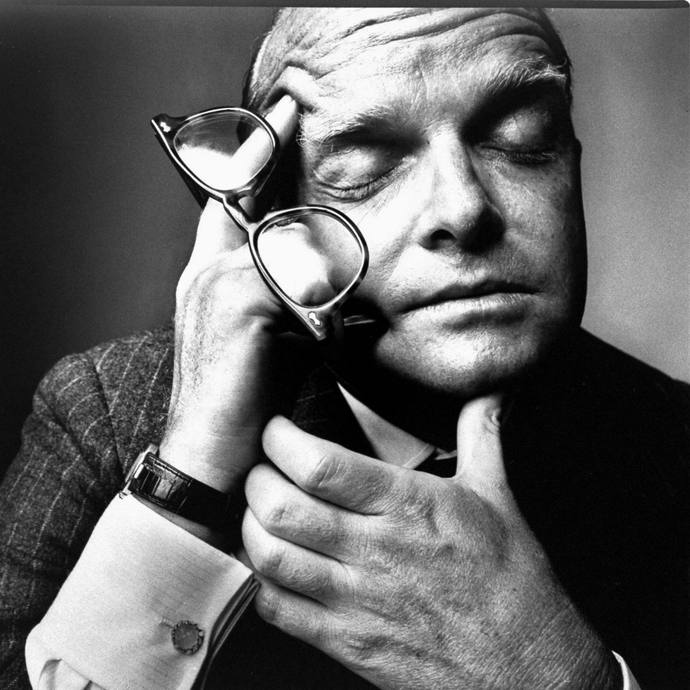
Irving Penn
Irving Penn was an acclaimed American photographer known for his influential contributions to fashion, portraiture, and still-life photography.
Biography of Irving Penn
Irving Penn was born in 1917 in Plainfield, New Jersey. He pursued his education at the Philadelphia Museum School of Industrial Art, where he studied various disciplines, including drawing, painting, and industrial arts. His talent was quickly recognized by Alexey Brodovitch, leading to an opportunity to work with Brodovitch at *Harper's Bazaar*.
In 1940, Penn became the art director at Saks Fifth Avenue. However, after a year, he left to focus on his artistic pursuits, spending time in Mexico and the United States. Upon his return to New York, Alexander Liberman, the art director of *Vogue*, invited Penn to join the magazine's Art Department. In 1943, Penn's first photographic cover was published in *Vogue*.
During World War II, Penn volunteered with the American Field Service and was stationed in India, where he documented soldiers and camp life. After the war, he returned to *Vogue* and continued to work there throughout his career, eventually establishing his own studio in New York in the 1950s. Penn remained active in his field until his death in 2009.
Irving Penn's Famous Works
Irving Penn created many iconic photographs, particularly in the realms of fashion and portraiture. His work often featured notable figures, such as Pablo Picasso and Martha Graham, captured in his distinct, minimalist style. Penn's exploration of platinum printing in 1964 allowed him to produce images with a unique tonal range, adding depth to his already masterful compositions.
Irving Penn's Art Style
Penn's art style was characterized by simplicity, elegance, and a meticulous approach to detail. He was known for using monochromatic backdrops to control lighting and create visual simplicity in his studio, which became a hallmark of his work. His ability to isolate subjects and emphasize their essence was evident in both his portraiture and still-life photography. Penn's exploration of platinum printing further distinguished his work, allowing for intricate gradations of tone and texture.
Recognition of Irving Penn
Irving Penn's work is held in prestigious collections worldwide, including the Art Institute of Chicago and the Victoria and Albert Museum in London. His photography has been celebrated in various printed collections, such as "Moment Preserved" (1960) and "Worlds in a Small Room" (1974).
Years:
Born in 1917
Country:
United States of America, Plainfield, New Jersey
Personal website
Social